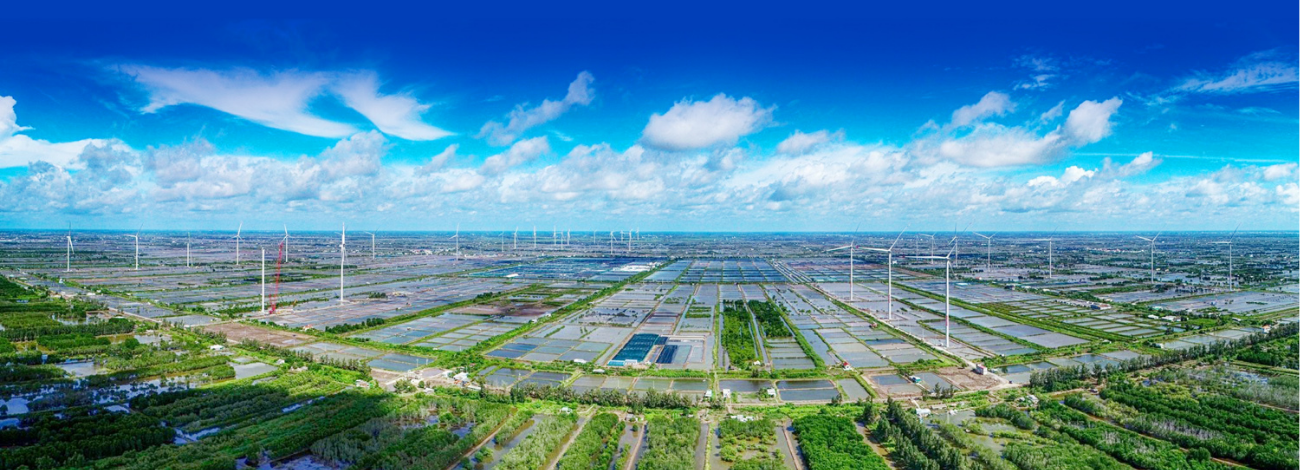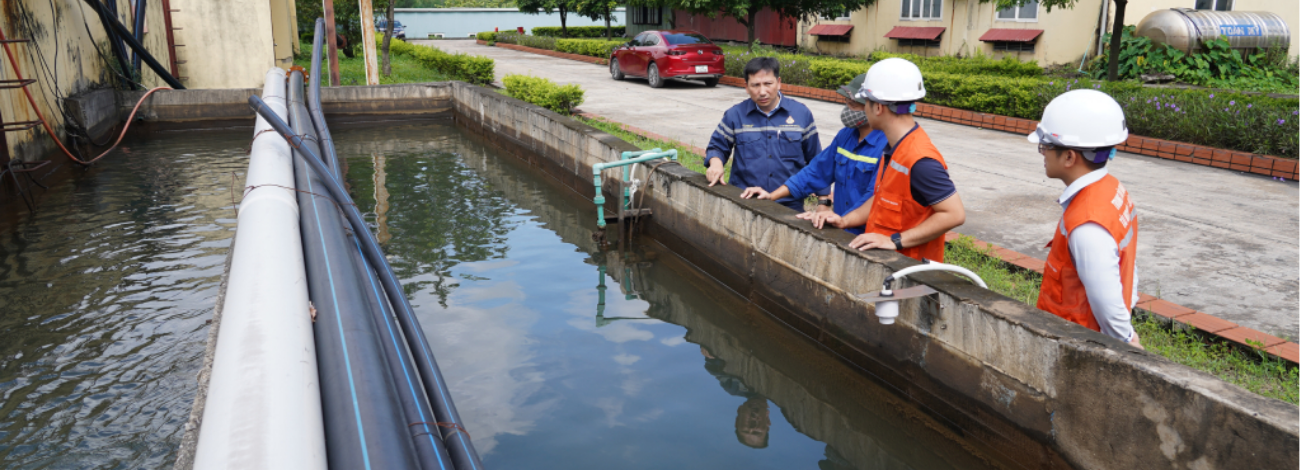The semiconductor industry plays a crucial role in today’s global economy, with electronic devices such as phones, computers, and IoT devices becoming indispensable in our daily lives. However, the production of these semiconductor components requires an immense amount of water. The semiconductor chip manufacturing process demands substantial water usage for washing, cleaning, and cooling during each complex stage of production.
It is estimated that producing a single 12-inch semiconductor chip requires approximately 2,000–3,200 gallons of water—equivalent to the amount of water used by an average American in six months.
With the global semiconductor industry estimated to reach $618 billion by 2022 and continue growing, the demand for water in semiconductor chip production is becoming increasingly urgent. This growing demand is placing immense pressure on clean water supplies, particularly in semiconductor manufacturing hubs like Taiwan, South Korea, and the United States.
Water Resource Challenges in Semiconductor Manufacturing
Water Scarcity in Semiconductor Production Areas
The large water demand in semiconductor chip production presents significant challenges. In major semiconductor manufacturing centers like Taiwan, South Korea, and the United States, water scarcity is becoming increasingly severe.
Chip manufacturing plants must compete with local populations to secure sufficient water resources, leading to conflicts and social tensions. For example, in Taiwan, chip factories must compete with the water needs of 23 million residents, particularly during prolonged droughts. This competition has disrupted production and led to intense conflicts over water allocation.
Environmental and Social Impact of Water Usage
Moreover, the large-scale water usage in chip production has severe environmental impacts. The manufacturing process releases pollutants and wastewater, contaminating groundwater and local ecosystems.

This contamination not only has detrimental effects on the environment but also impacts the health and livelihoods of surrounding communities. For instance, in certain areas of the United States, wastewater discharge from semiconductor plants has led to the contamination of groundwater with hazardous substances, affecting the local population’s water supply.
Costs and Risks Associated with Water in Semiconductor Manufacturing
Additionally, the costs of ensuring adequate water supplies for manufacturing are rising, especially as investments in wastewater treatment and water recycling systems become necessary. This also increases the risk for manufacturing plants, as unstable or disrupted water supplies can severely affect production processes. For example, in Arizona, USA, chip manufacturing plants have had to invest millions of dollars in water treatment and recycling systems, while also facing the risk of water supply disruptions due to increasingly severe droughts.
To address these challenges, semiconductor manufacturers are exploring breakthrough solutions, such as investing in water recycling technologies, constructing water-efficient plants, or relocating facilities to regions with abundant water supplies. However, these solutions also require significant investments and come with various risks. Therefore, managing and protecting water resources in the semiconductor industry remains a significant challenge for businesses in the future.
Potential Solutions to Water Issues in the Semiconductor Industry
Facing the growing water resource challenges in semiconductor manufacturing, companies in the industry are striving to find and implement groundbreaking solutions.
Optimizing Water Usage in Production Processes
One solution that many companies are adopting is optimizing water usage throughout the semiconductor chip production process. It includes optimizing manufacturing steps to minimize water consumption, improving water use efficiency, and reducing wastewater generation. Manufacturing plants can employ techniques such as wastewater recycling, water recirculation, and enhanced water quality control to achieve these goals.
Investing in Water Recycling and Recirculation Technologies
In addition, investing in water recycling and recirculation technologies is a crucial solution. Companies can build systems to treat and reuse wastewater within production processes.

It not only helps reduce water consumption but also contributes to lowering environmental pollution from wastewater discharge. Advanced technologies such as membrane filtration, vapor absorption, and electrochemical separation are being implemented by manufacturing plants to effectively reuse water.
Investing in Water-Saving Technologies and Sustainable Development
Furthermore, semiconductor manufacturers are increasingly investing in water-saving technologies and sustainable development solutions. It includes designing plants with advanced technologies to reduce water consumption and optimize production processes.
Simultaneously, companies are focusing on selecting plant locations in regions with abundant water supplies to mitigate water resource risks. Additionally, adopting circular economy models and prioritizing social and environmental responsibility are gaining attention and implementation within the semiconductor industry.
The Role of Governments and Businesses in Addressing Water Resource Challenges
In the context of climate change and population growth, protecting and managing water resources has become one of the most significant challenges that nations face. The roles of governments and businesses are crucial in addressing these challenges.
Policies and Regulations for Sustainable Production
Governments play a key role in developing and enforcing policies and laws to manage, protect, and sustainably develop water resources. These policies must balance the water needs of humans, agriculture, and industry while ensuring the sustainability of water resources. Governments also need to establish regulations on water quality, wastewater treatment, and effective water resource management.
Responsibilities of Major Technology Corporations in Protecting Water Resources
Major technology corporations must take more decisive actions in protecting water resources. They need to adopt advanced technologies to minimize water usage in production activities and invest in wastewater treatment solutions. Additionally, these corporations should actively fund, educate communities, and support projects with comprehensive water protection strategies.

Public-Private Partnerships (PPP) in Water Protection and Management
Collaboration between governments and businesses through Public-Private Partnerships (PPP) is an effective approach to addressing water resource challenges. Businesses can provide funding, technology, and expertise, while governments offer infrastructure, policies, and institutions. Moreover, PPP projects can focus on building wastewater treatment plants, clean water supply systems, water resource management, and protecting water source areas.
Conclusion
Protecting and managing water resources is a significant challenge that governments and businesses must tackle together. Only through close collaboration between both parties can water resources be sustainably conserved and managed in the face of climate change and population growth.
For the latest updates, do not forget to follow tech market news at FPT Semiconductor!